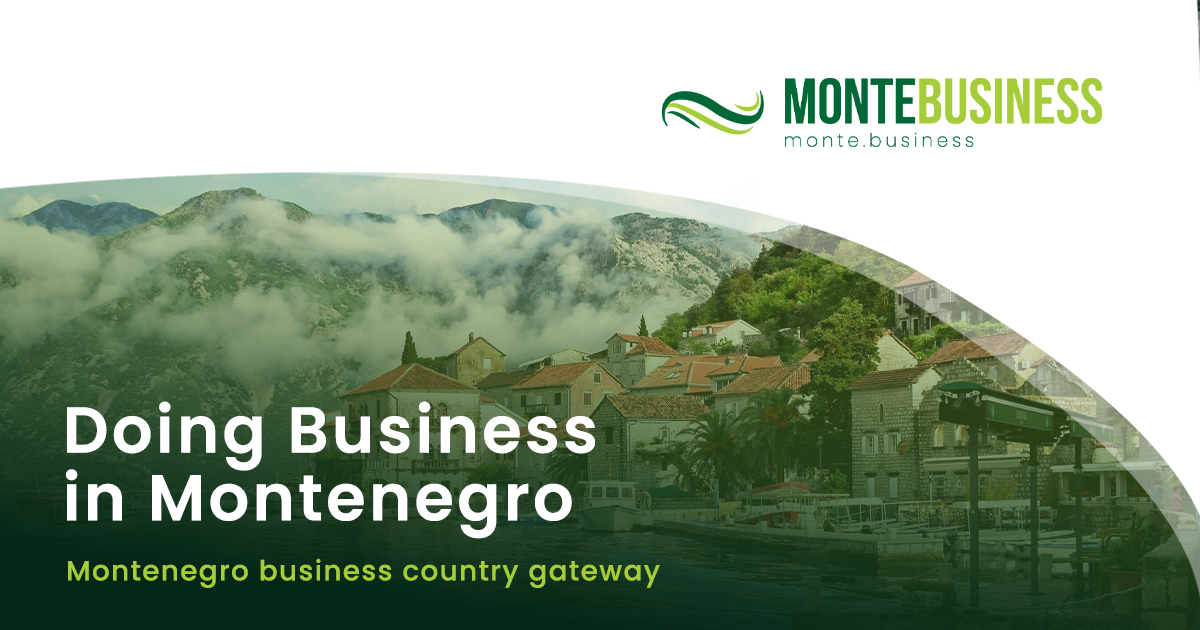Montenegro’s economy is overly reliant on tourism and foreign-born workers.
Home to just over 600,000 people, stunning mountains, and perhaps the most beautiful stretch of Adriatic coastline, Montenegro’s days of obscurity are over. Now connected to the rest of Europe by budget airlines via its capital of Podgorica, tourism in Montenegro is expected to fully rebound to pre-pandemic levels this year.
The strength of its tourism industry—boosted by the arrival of Ukrainian and Russian citizens feeling war and conscription—and 516 million euros of foreign direct investment (FDI) just between January and July of this year significantly contributed to the country’s resilience in the face of high inflation.
Inflation reached 17.5 per cent in November 2022 then declined for eight months and will average 9.1 per cent for 2023 as strong tourism, all-time low levels of unemployment, and a minimum wage hike continue inflationary pressure.
Social reform drives consumption and inflation
That minimum wage hike was part of a broader social reform in 2022 that also shifted the tax burden away from low-income individuals and stimulated household consumption, combining with high tourism and FDI to push growth to 6.5 per cent in the first half of 2023.
“Montenegro also has a very pronounced labour shortage in the hotel, catering and construction industries. This is why some 20,000 foreigners—about ten per cent of the total number of employees in Montenegro—must be employed every year during the vital tourist season.”
In 2022, the service sector employed three-quarters of the country’s labour force.
Employing only 2.6 per cent of the workforce, Montenegro’s information technology sector is more modest. In the latest edition of the Emerging Europe IT Competitiveness Index, Montenegro ranked twentieth out of the 23 countries in the emerging Europe region in the overall index, second to last in IT infrastructure, and last in the region in ICT talent.
Political stability at last?
Ströhm expects a new Europe Now government to focus investments on developing renewables and generally continue the economic policies of their predecessors.
“The Europe Now movement will continue to draft and introduce policies aimed at reducing the gap between minimum wages and basic foodstuff prices,” says Ströhm. “Especially regarding policies aimed at limiting inflation, the new government will not diverge from utilising price caps on basic products. The Europe Now movement head, Milojko Spajić, already assessed the outgoing government’s current ‘Stop Inflation’ campaign as a successful policy in April 2023.”
“It currently remains unclear, though, how the Europe Now movement’s promises to increase minimum wages or to reduce daily working hours—to seven hours—will be financed, particularly in light of Montenegro’s current public debt situation,” he adds.
As the name implies, Europe Now’s priority is finalising Montenegro’s accession to the European Union, which has been scheduled for 2025. As Europe Now seeks to act on its campaign promises, it will have to also prioritise the European Commission’s concerns about Montenegro’s rising public debt, high fiscal deficits and maintenance of macroeconomic stability.
Nonetheless, Europe Now’s ascension to power—Spajić is likely to be confirmed as prime minister this week—is historic and presents an opportunity for political stability after years of chaos.








